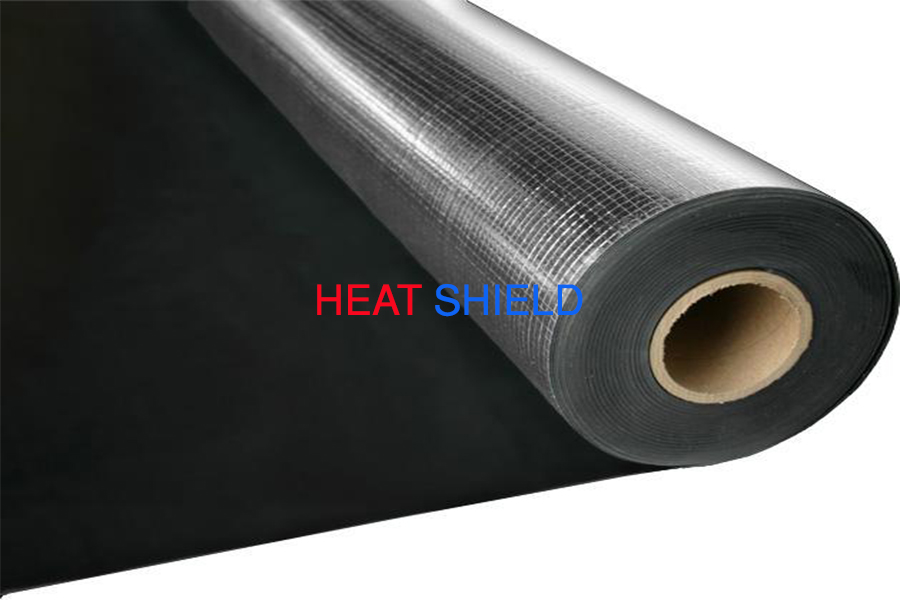

The technical term is Impact Isolation Class Transmission or IIC sound transmission. When an airborne sound wave hits a solid structure, the wave becomes a vibration and is transmitted through barriers. Mechanically transmitted sound is noise that travels through walls, ceilings, floors, the roof, and even the ground.

Airborne noise could originate from: conversations, radio or TV, vehicle noises, dogs barking or planes flying through the air, to name a few. It travels through doorways, open windows, stairwells, hallways, and other open spaces within a building. Sound waves travel through the airwaves, so airborne noise is any of the thousands of noises we commonly hear. You can then better determine how best to prevent noise from traveling into or out of your basement. When looking at soundproofing, it is essential to familiarize yourself with the three main ways household noise travels.

How are Noises Transmitted to and from the Basement? However, it does make it much easier to do a proper soundproofing job than a prefinished ceiling. An unfinished ceiling with exposed joists does little to reduce sound transfer. Soundproofing the basement ceiling is the best way to reduce noise transfer from the basement to the rooms above and noise from above into the basement. Reducing noise transfer between floors is an important step when turning your basement into usable space.
#Mass loaded vinyl ceiling installation tv#
Conversations and TV noises are barely muted between floor levels, creating background noise that interferes with conversations and TV elsewhere in the house. People are walking or dropped items cause impact noise that can echo throughout the basement. Repurposing your unused space into a home theater, playroom, additional bedrooms, an office or even a workshop (or all of these) can allow your family to grow and enjoy your home more. Why Do You Need to Soundproof Basement Ceiling?Ī basement may be a storage area or added living space that improves your family’s quality of life. I’ll explain these 6 factors and include additional information for soundproofing your ceiling.

A 1% opening in a wall loses 50% of the sound-deadening of the wall. The sound barrier material is 54 inches wide, so there will be some overlap in the upper and lower sheets. Installing a sound barrier is not tricky, but as part of an isolation project, it requires attention to detail. Stopping sound usually means absorbing it with mass


 0 kommentar(er)
0 kommentar(er)
